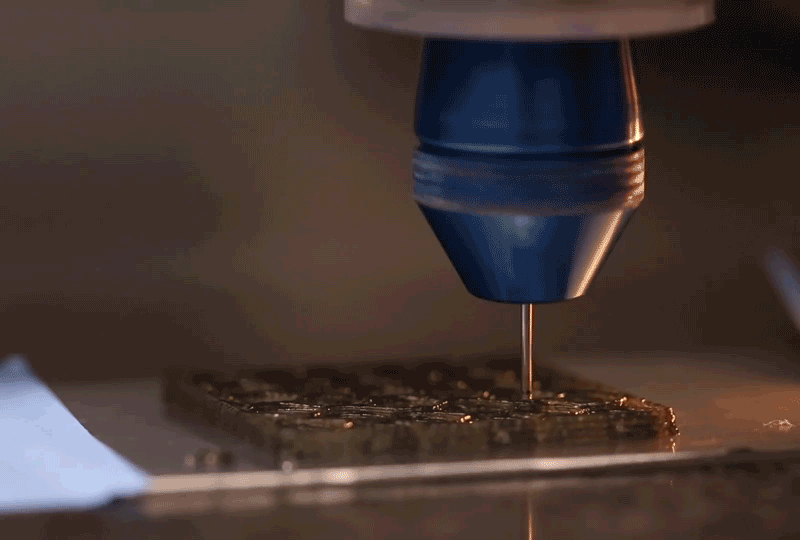Researchers at the Harvard John A. Paulson School of Engineering and Applied Sciences (SEAS) discovered a novel 3D printing method that offers unprecedented control over the arrangement of short fibers embedded in polymer matrices.
This 3D printing technique aims at programming fiber orientation within epoxy composites in specified locations, in order to allow the creation of structural materials that are optimized for strength, stiffness, and damage tolerance.
According to the team of researchers, the method can be used in a great range of applications. “Rotational 3D printing can be used to achieve optimal, or near optimal, fiber arrangements at every location in the printed part, resulting in higher strength and stiffness with less material,” Brett Compton, Assistant Professor in Mechanical Engineering at the University of Tennessee, Knoxville said. “Rather than using magnetic or electric fields to orient fibers, we control the flow of the viscous ink itself to impart the desired fiber orientation.”
For the expert, the team’s nozzle concept could be applied on any material extrusion printing method, from fused filament fabrication, to direct ink writing, to large-scale thermoplastic additive manufacturing, and with any filler material, from carbon and glass fibers to metallic or ceramic whiskers and platelets.
The technique allows for the additive manufacturing of engineered materials that can be spatially programmed to achieve specific performance goals. For instance, the orientation of the fibers can be locally optimized to increase the damage tolerance at locations that would be expected to undergo the highest stress during loading, hardening potential failure points.

Other contributors to the paper include Jordan Raney, Thomas Ober, Jochen Mueller and Kristina Shea.
For further information about 3D Printing, follow us on our social networks and subscribe to our newsletter!
//pagead2.googlesyndication.com/pagead/js/adsbygoogle.js
(adsbygoogle = window.adsbygoogle || []).push({});





